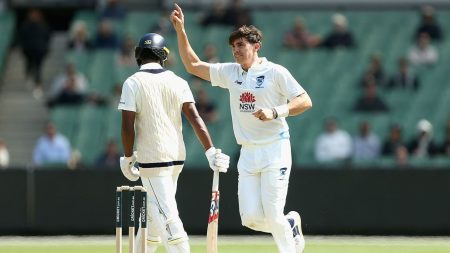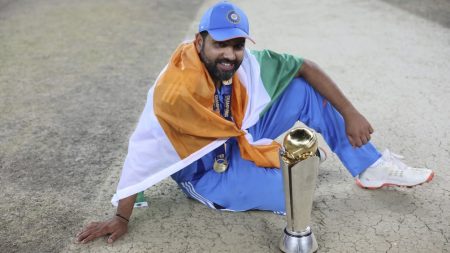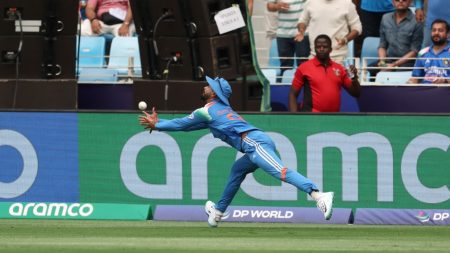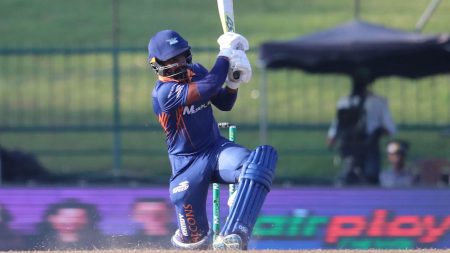The Match: Pakistan vs New Zealand in the Tri-Series Final
In a closely contested tri-series final in Karachi, Pakistan managed to score 242 runs, with key contributions from Mohammad Rizwan (46) and Salman Agha (45), while New Zealand’s Will O’Rourke (4-43) and Mitchell Santner (2-20) led the charge with the ball. Despite injuries to key players like Lockie Ferguson, Matt Henry, and Ben Sears, New Zealand’s bowling lineup stepped up admirably, particularly on a challenging two-paced pitch.
New Zealand’s Bowling Mastery
New Zealand’s captain and premier spinner, Mitchell Santner, delivered a masterclass in spin bowling, posting impressive figures of 10-1-20-2. His spell was notable for its economy, as he did not concede a single boundary throughout his innings. Santner’s ability to vary his pace, ranging from the mid-70s to the mid-90s, and his immaculate control saw him bowl 40 dots out of 60 deliveries, making it the most economical ten-over spell in his ODI career. This performance served as a stark warning to Pakistan, just five days before the two teams meet again in the Champions Trophy opener at the same venue.
O’Rourke’s Versatile Seam Bowling
Will O’Rourke, leading the seam attack in the absence of Ferguson and Henry, was equally impressive. He began by challenging the Pakistani batters with a combination of short and high-velocity deliveries, which helped him take early wickets. O’Rourke returned at the death to confuse Pakistan’s lower order with his slower variations, ultimately dismissing Naseem Shah for 19. His intelligent use of pace and direction played a crucial role in containing Pakistan’s scoring rate, leading to their dismissal for 242 with three balls unused.
Pakistan’s Struggles in the Powerplay
Pakistan’s innings got off to a slow and cautious start, a pattern that continued throughout their innings. In the first powerplay, they managed to score just 48 runs, with 48 dots, and lost two wickets. This go-slow approach was indicative of the difficulty they faced against New Zealand’s disciplined bowling. Babar Azam, the captain, tried to inject some life into the innings with a well-timed shot through the covers, but his innings was cut short when he spooned a return catch to Nathan Smith for 29 off 34 balls.
Rizwan and Agha’s Steady Partnership
Mohammad Rizwan, Pakistan’s wicket-keeper batsman, and Salman Agha formed a crucial partnership for the fourth wicket, adding 88 runs and providing some much-needed stability. Rizwan took his time, needing 13 balls to get off the mark and four more to find the boundary. Agha, on the other hand, was more fluent, finding the gaps regularly. However, their partnership came to an end when O’Rourke returned with the older ball and induced an edge from Rizwan, who was lbw for 46. A few overs later, Michael Bracewell had Agha miscuing a reverse-sweep to short third, leaving Pakistan at 161 for 5 in the 37th over.
Tahir’s Late-Inning Spark
Tayyab Tahir provided a brief but significant spark in the latter stages of the innings, scoring 38 runs off 33 balls. His attacking approach helped Pakistan gain some momentum, but it was not enough to significantly boost their total. New Zealand’s bowlers, particularly in the last eight overs, were relentless, conceding only four boundaries and limiting Pakistan to a total of 242. Despite the efforts of Tahir and Rizwan, Pakistan’s overall scoring rate remained subdued, reflecting the effectiveness of New Zealand’s bowling strategy.











